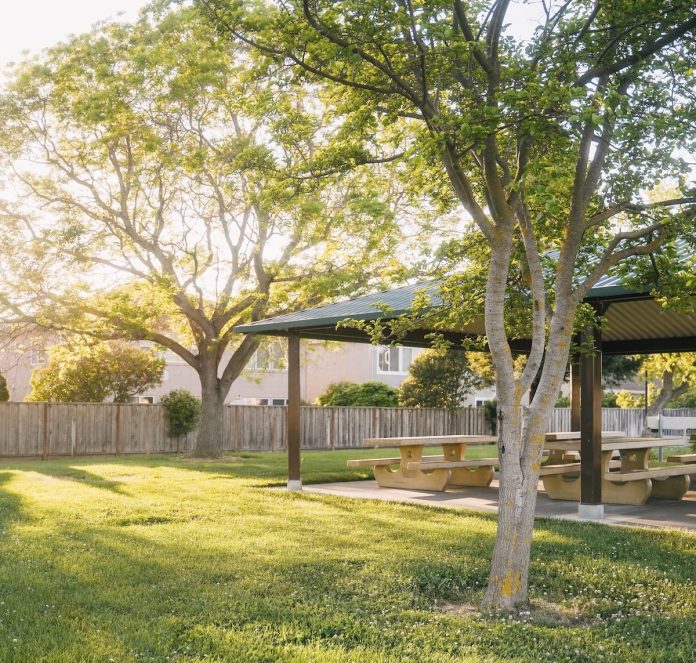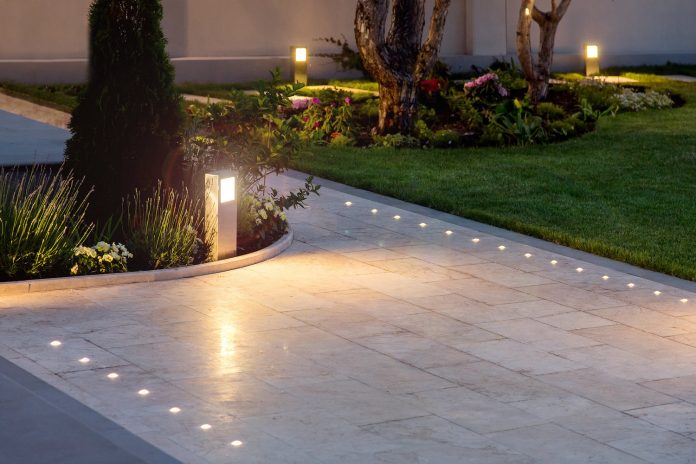10 Ways to Make a Bigger and Wilder Garden
Thanks to our post-pandemic focus on the environment, returning the land to natural habitats that provide water, food, and shelter to insects and other creatures will become critical. Using this ways to make a bigger and wilder garden is doable if you learn when to give nature free rein and how to apply it.
We’re sharing the top tips on letting nature lead the way while creating a comfortable and enjoyable space out of your garden.
1. Find the Right Plot of Land
If your property doesn’t have enough space for a big garden, google “land for sale near me.” Someone in your vicinity may be willing to sell their undeveloped, location-adjacent land. Look at the property details and consider whether the size of the plot has enough room to suit your needs. You should also check the topography. Multiple land slopes can cause difficulties when designing the garden and might require a more complex technology to shape it.
2. Use Versatile Textures
Texture can create a sense of depth and distance. Bold-leaved plants, such as ornamental rhubarb or banana, capture the eye. Position fine leaves such as ornamental grass in the background and put the bold ones in the front to create the impression that the space is more significant than it is.
3. Avoid Over-Planting
When looking to make your garden wilder, you may expect to see instant transformations. However, nature needs space and time. Take a step back, and you’ll be amazed by what pops up. Nature will find its way into your land naturally. In addition, the plants will likely be well-suited to your soil and, therefore, more likely to thrive than any introduced species.
4. Let the Garden Grow a Little Wilder
Allow the corners of your garden to grow wilder. For instance, leave dead stems over winter to provide shelter for insects. Moreover, nettles can be an excellent food plant for caterpillars, while deadwood such as the stag beetle and numerous species of fungi serve as a habitat for insects. You can also add purpose-made homes for wildlife. Hedgehog homes, nest boxes, and bug hotels are excellent choices.

5. Add Water
A source of water is one of the top ways to attract wildlife. The ideal location for a garden is access to a body of water. But, even if the park doesn’t have direct access to water, a simple pond or even an old washing-up bowl will do. You can include a shallow slope of rocks and common pond weeds. Give it a year, and you’ll find the body of water filled with pond snails, frogs, and damselflies.
6. Plant Environment-Friendly Flowers
Planting plenty of pollen and nectar-rich flowers will serve as food pollinators and garden-friendly bugs. Plant various annual flowers, perennials, flowering trees, and shrubs to provide a continual flow of flowering plants from early spring to late summer and fall.
7. Start a Compost Heap
Healthy soil is the key to any thriving garden. Compost heaps are an excellent way to turn old plants and food scraps into natural, organic fertilizer that feeds the earth and its inhabitants. In addition, a compost heap will also provide a home to wildlife such as slow worms and grass snakes.
8. Focus on Organic
Artificial pesticides and weed killers have no place in an environmentally-conscious garden. Instead, look for natural pest control options like creating pest barriers or planting flowers that attract insect predators such as lacewings and ladybirds. In addition, thick mulches of organic waste will keep weeds at bay in vegetable gardens and flower beds.
9. Decorate the Concrete
Even if your front garden needs a parking spot for a car, there is still plenty of space for wild nature. Plant a native hedge or insect-friendly flowers such as English lavender onto your gravel. You can also cover the walls in greenery to give them a softer and more natural look. Opt for beautiful climbers that surge messily over the fence, or choose a more contained living wall that will be the perfect addition to your dream setup.
10. Cultivate a Kitchen Garden
Consider starting a kitchen garden and growing your fruits and vegetables. Place them in pots on a terrace or mix them with flowers in the garden beds. For example, runner beans and peas on upright frames can be combined with sweet peas for a colorful display that takes advantage of vertical space.
Final Thoughts
Making your garden wildlife-friendly means providing the right conditions for insects, birds, and mammals while also creating a beautiful space for you to enjoy. Hopefully, our tips helped you plan how to make your garden bigger and wilder without risking it looking untidy and unkempt.






